
Video Surveillance System
Video Surveillance System Management Backend
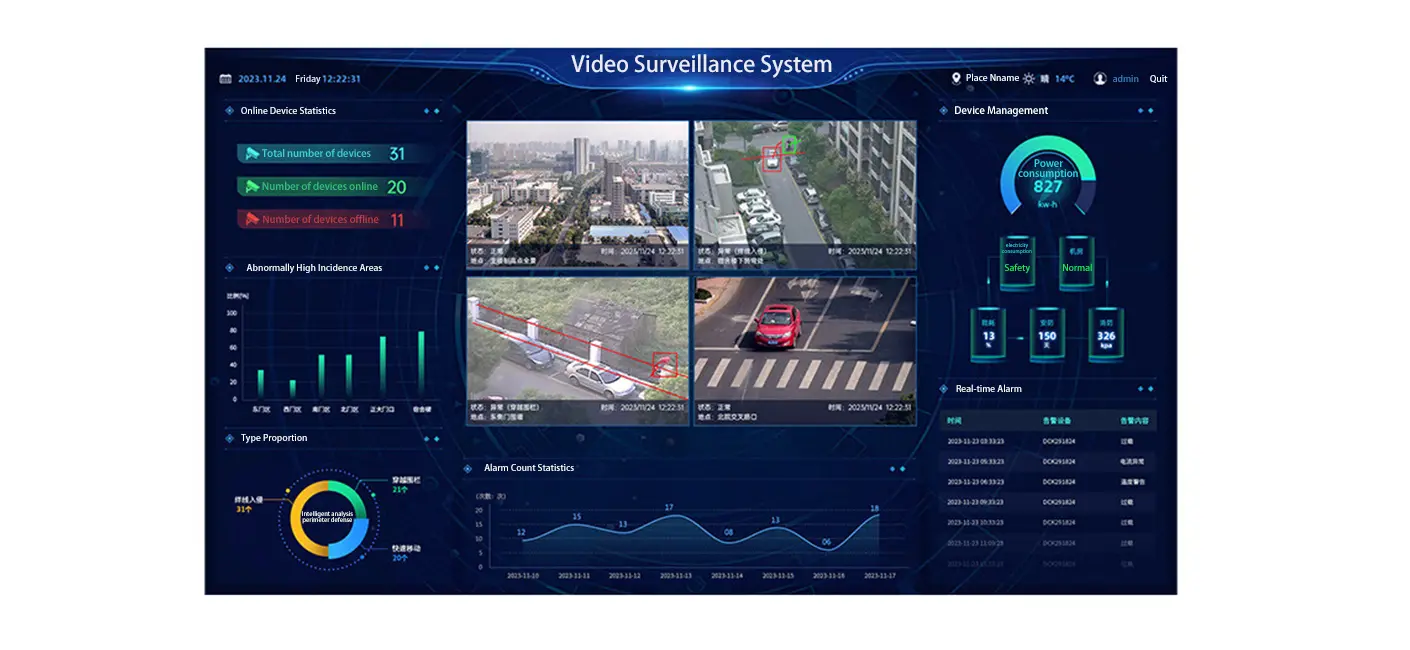

Video Surveillance System Functions:
01.24 hours a day, all-round, real-time and clear monitoring of the monitoring area.
02.The camera has excellent night vision performance and high video resolution in infrared mode.
03.When a power outage, video blockage, etc. occurs, the alarm information is transmitted to the monitoring center.
04.The commanding height monitoring system can realize precise monitoring in a wide range, large visual distance and all-weather.
05.It can detect, track, capture and screen moving faces for snapshots.
06.Intelligent video analysis technology is adopted to overcome the shortcomings of human eye recognition in traditional surveillance systems.
07.Provides fence crossing, area intrusion, fast movement, and loitering detection and analysis functions.
Surveillance System
Convenient and Intelligent
Realize video surveillance, intrusion alarm, environment perception, personnel management, vehicle management and other real-time monitoring, intelligent analysis, alarm linkage, configuration management and other functions. Provide video analysis functions to improve the capabilities of video surveillance systems.
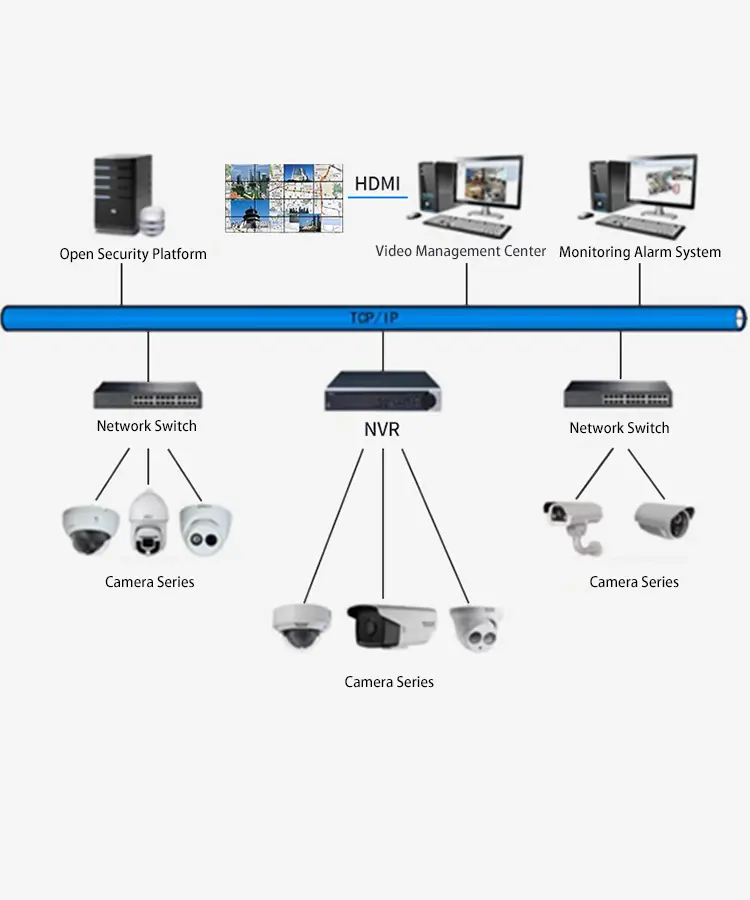
Real Time Monitoring
Hierarchical management of front-end equipment
It has all-weather monitoring, day and night imaging, high-definition imaging and other functions to realize all-weather monitoring of internal safety hazard areas such as sidewalks, intersections, rivers, bridges, building entrances and exits, and key locations.
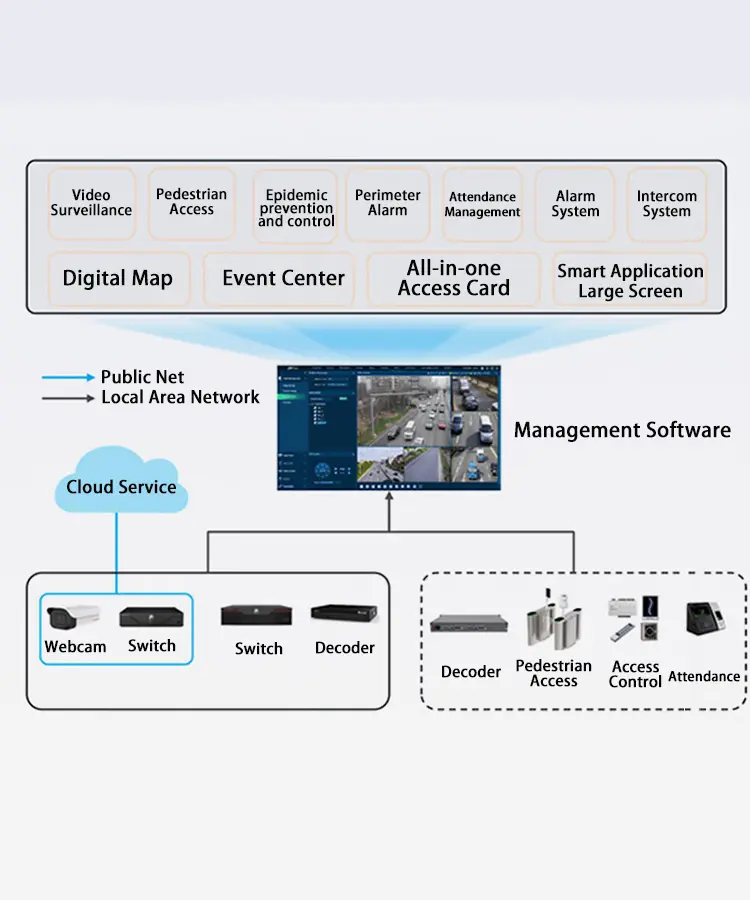
Perimeter Prevention and Control
Tripwire Intrusion Detection Function
It can realize the linkage of video image dynamic detection, occlusion alarm, video loss alarm and external monitoring system. It can be connected to alarm systems such as perimeter and access control, and cooperate with video surveillance to detect accident points as soon as possible.
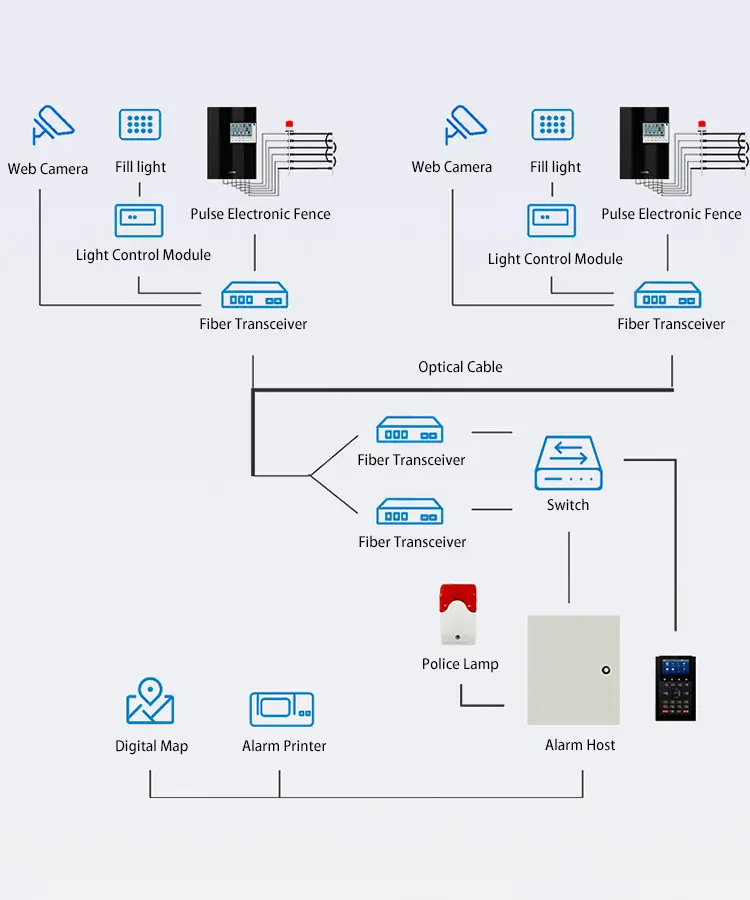
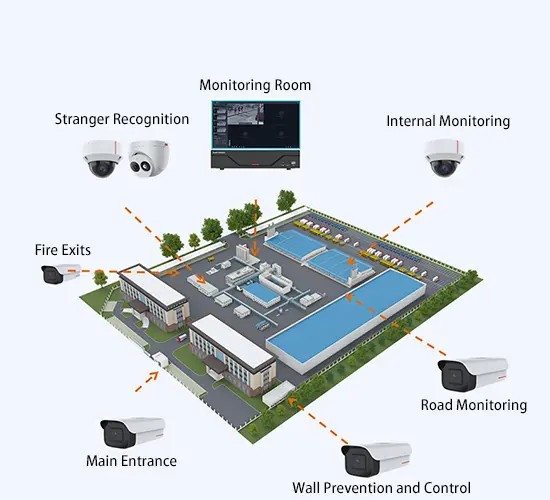
Commanding Heights Monitoring
It can achieve large-scale, beyond-line-of-sight, and all-weather precise monitoring, reducing blind spots caused by obstructions such as trees and houses, ensuring effective coverage of the monitoring area, and enabling early detection and early response to emergencies.
